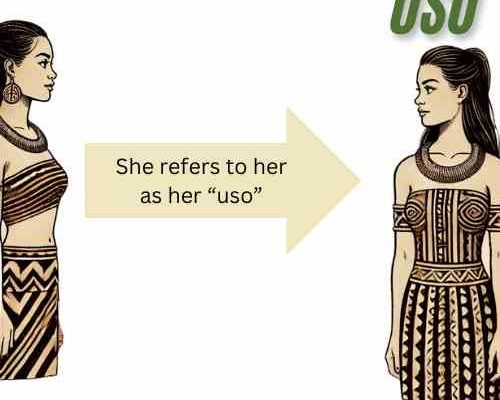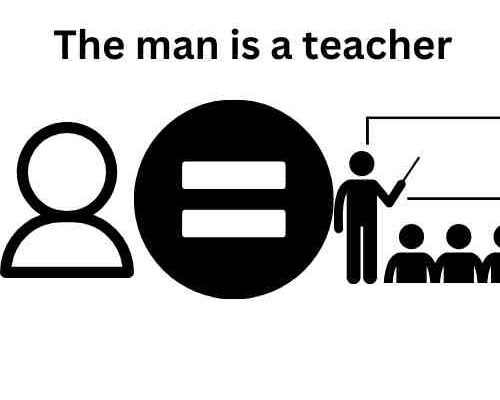
Samoan Verbs with Plural Variations
Introduction In Samoan, many verbs have different forms depending on whether the action is done by one person or multiple people. These verbs are important to learn because they help you speak more naturally and correctly in conversations. For example, if one person is dancing, the verb used is siva. But if multiple people are…









